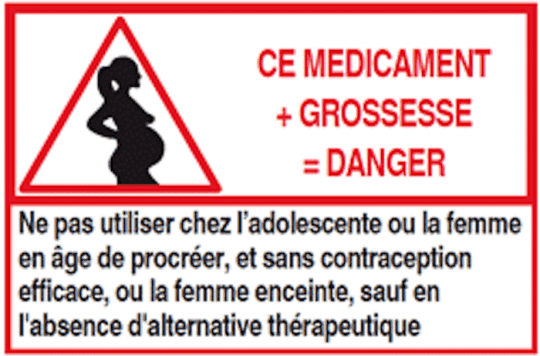A DNA analysis method has enabled health authorities in New York, United States, to rapidly detect Legionnella, the bacteria responsible for Legionnaires’ disease present in water.

Legionnaires’ disease is a severe form of pneumonia caused by Legionella. This bacteria contaminates artificial water systems. Each year in the United States, between 8,000 to 18,000 new cases would require hospitalization.
In New York, health authorities used a DNA analysis method to detect legionellosis contamination.
An effective way, since it only took a few hours, compared to several days with the standard method. The results of this experiment are published in the Journal of Environmental Health.
A DNA test valid for water
“Our approach probably helped prevent more people from getting sick, because we were responding a lot sooner.”, explains Christopher Boyd, deputy commissioner of environmental sciences and engineering during the experiment.
The approach used is called “the polymerase chain reaction”. It consists of passing DNA fragments through a machine which heats and cools the sample several times in a row.
The researchers were thus able to observe that this method made it possible to confirm or not the presence of Legionella in a water sample.
Monitor cooling towers?
Since this DNA test can tell if a water sample is contaminated, it also helps find the source of the contamination.
On two occasions in New York, epidemics – one of which killed 16 people in 2015 – originated from cooling towers. Boyd then believes that public authorities, in addition to watching out for signs of an outbreak of Legionnaires’ disease, could also spot and monitor cooling towers.
Since 2015, the city of New York has, for example, taken measures to register and monitor them. A way to avoid these epidemics, even before they break out and kill residents.
.












